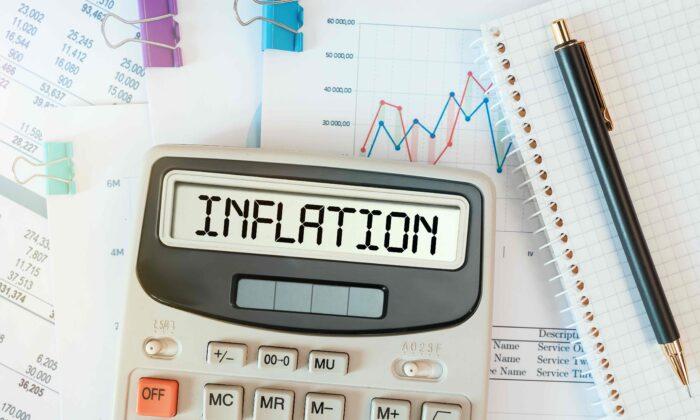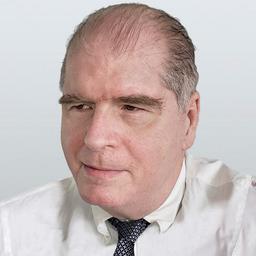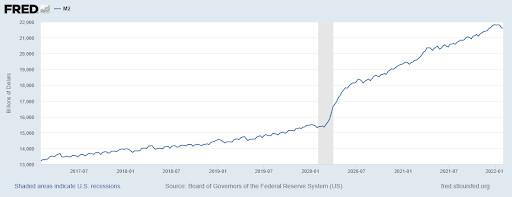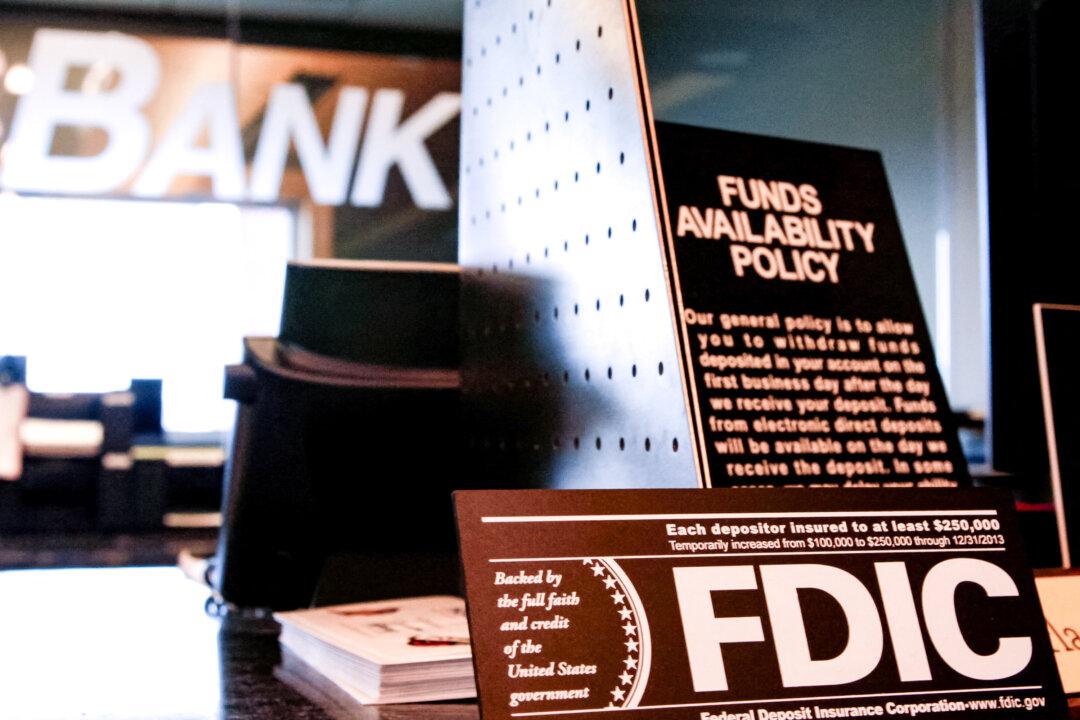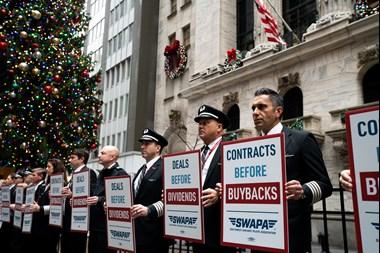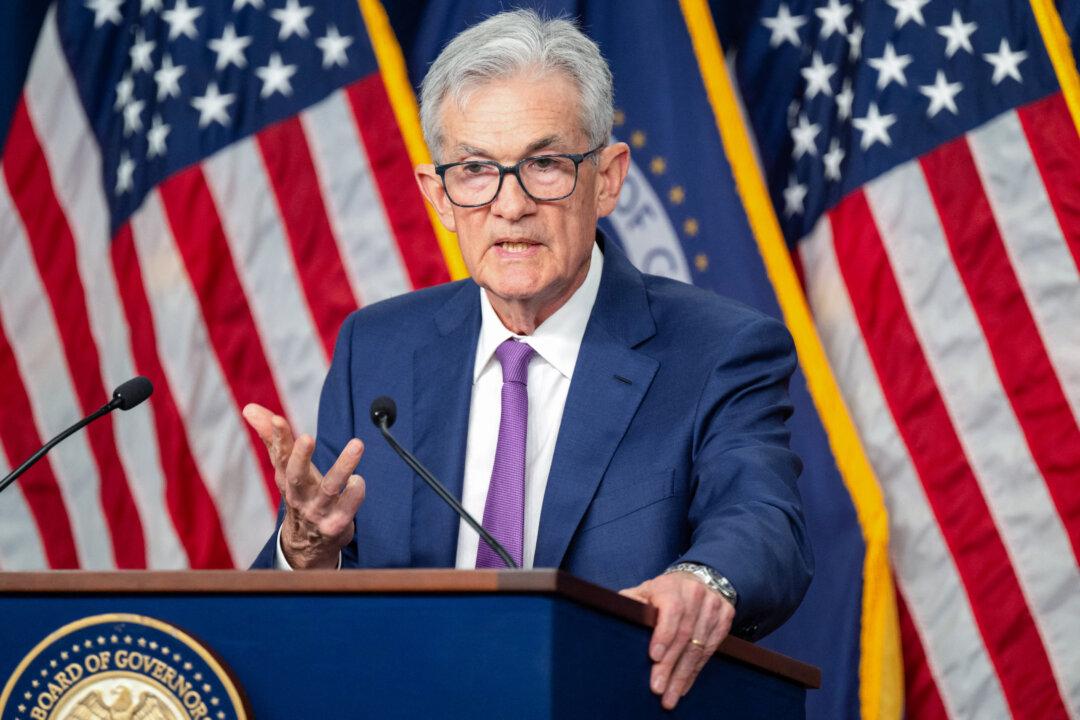The yield curve measures the difference between short-term borrowings, or “short” money, and “long” money, borrowed on longer terms.
The Fed typically affects interest rates by setting the overnight borrowing rate for member banks. Open Market Operations, its second principal means of moving rates, affects cash in the economy by selling Treasurys to pull money out of the economy and thus raise interest rates. To lower rates, the Fed buys Treasurys to add money to the economy. Finally, the Fed can raise or lower member banks’ reserve ratio, the amount of money a bank must keep on deposit at the Federal Reserve to affect the money supply.
But all those Federal Reserve measures typically affect just shorter-term rates; longer-term rates tend to be more market dependent.
And there’s the rub.
In a healthy economy, long money comes with a higher interest rate than short money because the lender’s money is outstanding for a longer time and, thus, is subject to higher risk that the creditor may default on its debt. Moreover, in a healthy economy, savings are invested in businesses, real estate, research, innovation, training, etc.
But when businesses and entrepreneurs lose confidence in the future growth of the economy, they take their excess cash and invest it where it will be safe and virtually risk-free; they put their money in Treasurys. Greater demand translates to lower long-term interest rates that are required to attract investors.
That brings us to the Federal Reserve’s decision Wednesday to raise rates a quarter-point to one-half of one percent.
All this sets up what is called “stagflation”, a portmanteau from the 1970s to describe the onset of economic stagnation, where the economy slows and there is simultaneous inflation.
The insidious thing about stagflation is that inflation complements economic stagnation and vice-versa. They feed on each other. That’s what makes it so hard to break, absent the kind of hard recession that Fed Chair Paul Volcker was willing to invoke in the 1980s to stop it.
MV=PQ
In a booming economy, the money supply (M) will expand and the velocity of money, V, will increase to equal the output (Q) and/or prices (P) of the economy.But when the output of the economy (Q) is slowing, the velocity of money—its turnover—(V) also slows. If the money supply (M) remains constant, then prices (P) must necessarily increase.
This is why Milton Friedman, the Nobel Award Winning economist, said in 1963, “Inflation is always and everywhere a monetary phenomenon.” In context, Friedman said there is no instance in history where inflation happened when the money supply had not expanded in the years before inflation occurred. While his comment was doubted at the outset, most mainstream economists accept the principle now.
Currently, the velocity of money is at nearly its lowest point on record.
But our production—as measured by our GDP—is up only about $2.4 trillion since 2019.
By the same token, M2—the amount of money in the economy—has increased by about $7 trillion and is at a record high.
So how should policymakers hope to restrain this inflation?
Well, a quarter-point hike in the short-term rate isn’t likely to affect inflation much at all. And that was likely a choice by the Fed, because—in truth—the Fed is as much a political organization as any other instrument of government.
But inflation can also be affected by fiscal policy, the policies, and actions of government. Following the MV=PQ formula, greater productivity leading to a greater quantity of goods (Q) could be affected by lessening regulation, improving infrastructure, and adopting other industrial policy that tends to enhance productivity, such as applied research. Adding oil and gas to the global market from our own production would help, too.
Inflation is insidious—a veritable cancer on society that robs people of their futures and cripples their present. Paul Volcker knew that and crushed it in the 1980s. Chairman Jerome Powell and his colleagues should follow his predecessor’s lead. And President Joe Biden and Congress should lend a hand with fiscal policy. Now.
